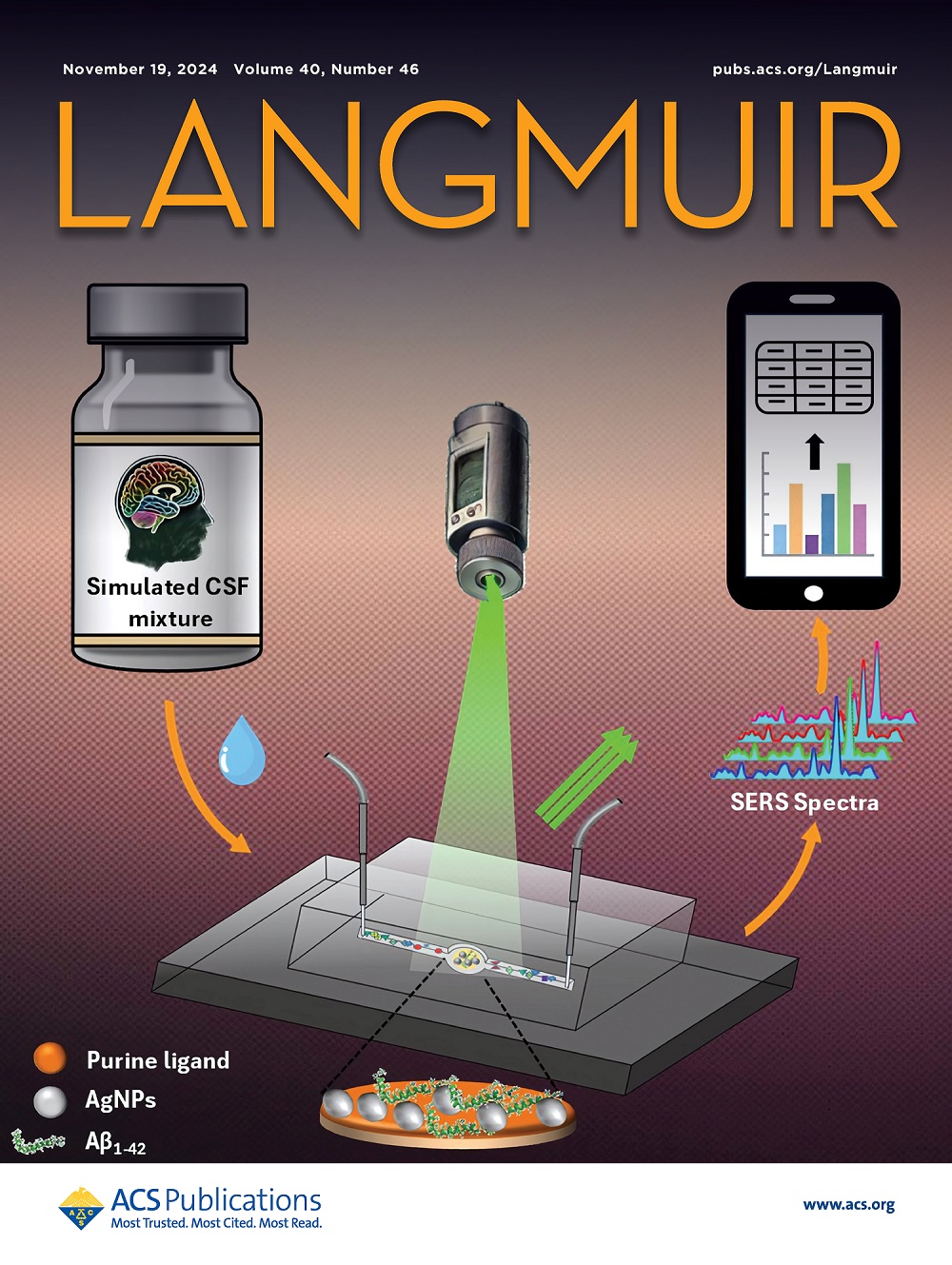Nitroxide-Modified Silica Nanoparticles: Impact of Radical Density on Relaxometric and EPR Properties.
IF 3.7
2区 化学
Q2 CHEMISTRY, MULTIDISCIPLINARY
引用次数: 0
Abstract
In this study, we report the synthesis and characterization of nitroxide-functionalized silica nanoparticles incorporating a TEMPO-based spin label. These nanoparticles were prepared through a reverse microemulsion method, and the nitroxide moiety was introduced via a TEMPO-modified silane, synthesized by coupling 4-amino-TEMPO with 3-(triethoxysilyl)propylsuccinic anhydride. By adjusting experimental parameters, we successfully modulated the radical surface density, obtaining values ranging from 0.36 to 2.83 radicals/nm2, as determined by UV spectroscopy. Relaxometric measurements showed that both longitudinal (r1) and transverse (r2) relaxivities were strongly influenced by radical density, reaching maximum values of 5.42 and 11.94 s-1·mM-1, respectively, corresponding to enhancements of up to 489% (r1) and 712% (r2) compared to free 4-amino-TEMPO (at 20 MHz). Interestingly, high surface loading led to a decrease in relaxivity, highlighting the role of spin-spin interactions in modulating the relaxation process. Phantom electron paramagnetic resonance imaging (EPRI) demonstrated improved contrast and resolution for formulations with low radical densities, highlighting the importance of surface engineering to optimize the nanoparticle performance for EPRI applications.氮氧修饰二氧化硅纳米粒子:自由基密度对弛豫和EPR性能的影响。
在这项研究中,我们报道了含tempo基自旋标记的氮氧化物功能化二氧化硅纳米颗粒的合成和表征。采用反相微乳液法制备纳米颗粒,并通过tempo修饰硅烷引入氮氧基部分,将4-氨基- tempo与3-(三乙氧基硅基)丙基丁二酸酐偶联合成。通过调整实验参数,我们成功地调节了自由基表面密度,通过紫外光谱测定得到了0.36 ~ 2.83个自由基/nm2的值。弛豫测量结果表明,自由基密度对其纵向弛豫度(r1)和横向弛豫度(r2)均有较大影响,其最大值分别为5.42 s-1·mM-1和11.94 s-1·mM-1,与游离4-氨基- tempo (20 MHz)相比,弛豫度(r1)和r2分别增强了489%和712%。有趣的是,高表面负载导致弛豫降低,突出了自旋-自旋相互作用在调节弛豫过程中的作用。幻影电子顺磁共振成像(EPRI)证明了低自由基密度配方的对比度和分辨率的提高,突出了表面工程对优化EPRI应用中纳米颗粒性能的重要性。
本文章由计算机程序翻译,如有差异,请以英文原文为准。
求助全文
约1分钟内获得全文
求助全文
来源期刊

Langmuir
化学-材料科学:综合
CiteScore
6.50
自引率
10.30%
发文量
1464
审稿时长
2.1 months
期刊介绍:
Langmuir is an interdisciplinary journal publishing articles in the following subject categories:
Colloids: surfactants and self-assembly, dispersions, emulsions, foams
Interfaces: adsorption, reactions, films, forces
Biological Interfaces: biocolloids, biomolecular and biomimetic materials
Materials: nano- and mesostructured materials, polymers, gels, liquid crystals
Electrochemistry: interfacial charge transfer, charge transport, electrocatalysis, electrokinetic phenomena, bioelectrochemistry
Devices and Applications: sensors, fluidics, patterning, catalysis, photonic crystals
However, when high-impact, original work is submitted that does not fit within the above categories, decisions to accept or decline such papers will be based on one criteria: What Would Irving Do?
Langmuir ranks #2 in citations out of 136 journals in the category of Physical Chemistry with 113,157 total citations. The journal received an Impact Factor of 4.384*.
This journal is also indexed in the categories of Materials Science (ranked #1) and Multidisciplinary Chemistry (ranked #5).
 求助内容:
求助内容: 应助结果提醒方式:
应助结果提醒方式:


